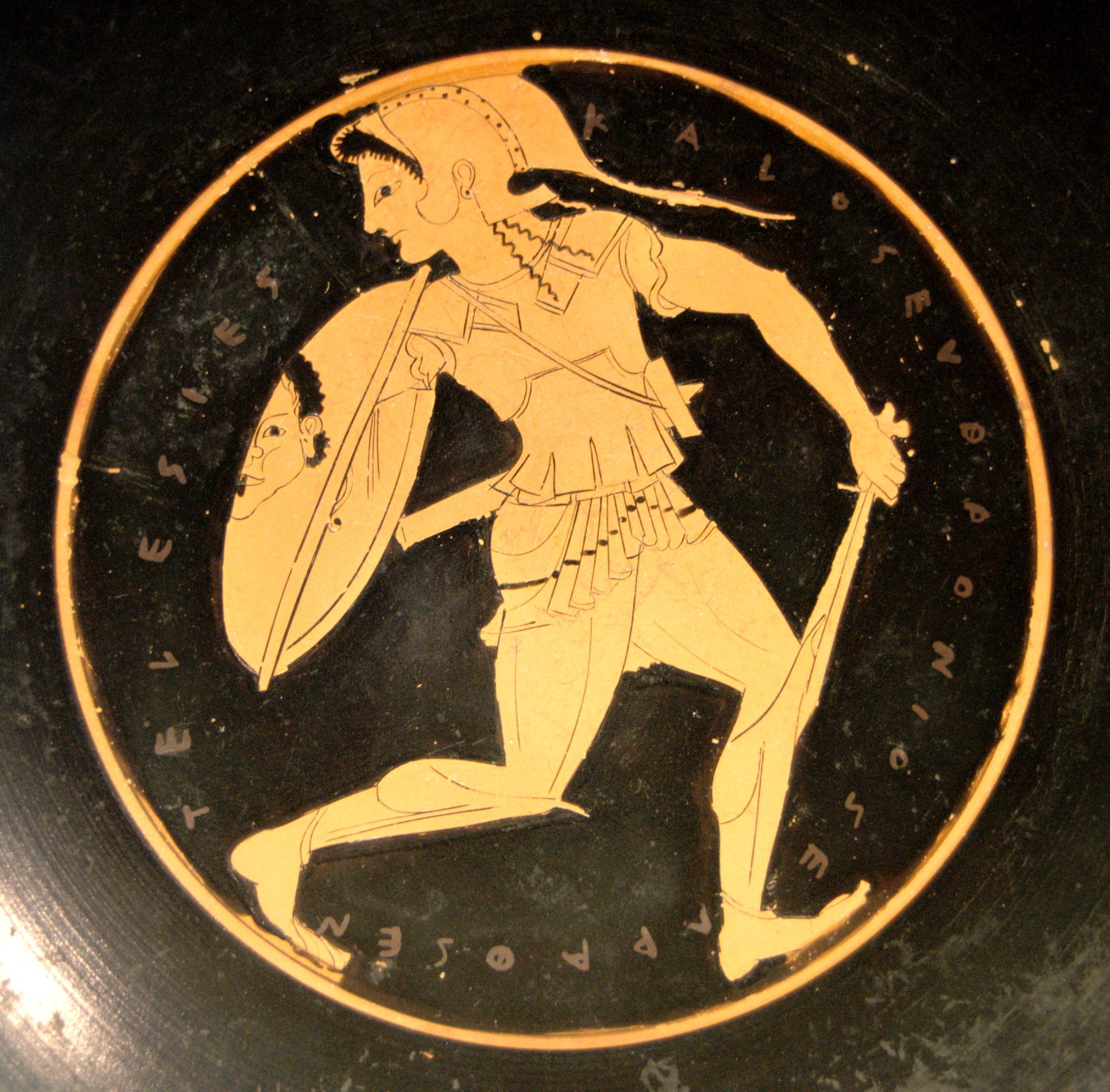From Hippolyta of Shakespeare’s “A Midsummer Night’s Dream” to Wonder Woman, people throughout history have been fascinated by the Amazons. There’s something very striking about a society of women which not only performs the basic functions of a self-sufficient community, but also fields its very own army and often risks life and limb on the battlefield.
While myths of warrior women societies permeate many cultures the world over, the Greek Amazons are probably the best-known. According to Greek legends, the Amazons were almost a force of nature, often marching long distances to fight battles and intervene in great wars. They appear in the Iliad, get name-droped in Xenophon’s Anabasis, and there are even legends of their leaders meeting with Alexander the Great.
The Greek Amazons were famous for their use of a weapon called Sagaris, which is essentially a battle-axe. Medieval and Renaissance scholars believed in these legends so strongly that they even attributed the invention of the battle-axe to the Amazons. The myths vary on whether they killed male-born children or offered them to neighboring factions, but one way or another men were strictly forbidden from living in their communities.

While I was researching my historical fantasy novel about mythic California, I found that the Californians were described broadly as Amazons — a women-only society that fought its own wars and followed a queen. I was intrigued by the idea of connecting the mythic women of the fictional California with the Greek Amazons, so I incorporated their pantheon and included a story of how they came to California from their original home on the Aegean Sea.

Because the novel takes place in the year 1500 CE, I had to loosely plan the history of this society, starting from when they were first driven from the Greek world by ambitious warlords who wanted to subjugate them. Starting from Greek mythology meant I had a readymade pantheon ripe for tweaking, so I decided to extend Amazonian spirit even further and concoct a new story wherein the goddesses, annoyed with constantly being sidelined by their male counterparts, rebelled against Zeus and siezed his power, sharing it between themselves so that none of them will become tyrants.
The Californian Amazons in my novel worship primarily three goddesses whom they refer to as the triumvirs – Hera, Athena, and Aphrodite. Hera encourages cooperation and civic spirit, Athena encourages wisdom and utility, and Aphrodite inspires the various forms of love between the Californians. If you want to know more than that, you’ll have to buy the book when it comes out.
While the Amazons of Greek history were mythological, women have been fighting in battles since time immemorial and many continue this tradition today. The people commonly (but mistakenly) called “The Vikings” had many shieldmaidens, some of the Mongol warriors under Genghis Khan were women, and the Greek Amazons are believed by some historians to have been inspired by Scythian warrior women who served as horse archers in raiding bands.
There is a lot more to the Californian variety of Amazon than just fighting – most of their time is spent living in communities around the island, forming Omadhas (which literally just means “groups”) based on a range of interests both personal and political, and pursuing whatever interests them through work, play, and hobbies. They trade and maintain diplomatic relations with Indigenous groups who live to their east, whom they refer to broadly as “mainlanders” unless referring to a specific tribe/band, and while they all learn basic fighting skills for the sake of island-wide self-defense, they rarely go to war and seldom need to even defend their island themselves thanks to the magical griffins who kill any man who dares set foot on their homeland.
Oh, did I not mention their magical griffins? I’ll talk more about them in the next post.

